

Damion Smy
Boxy new KGM Musso unveiled to take on HiLux and Ranger ahead of Australian launch
8 Hours Ago
The large leaping cat four-door is now just a single variant, a freshened spin in a consolidated package to strike bigger interest.
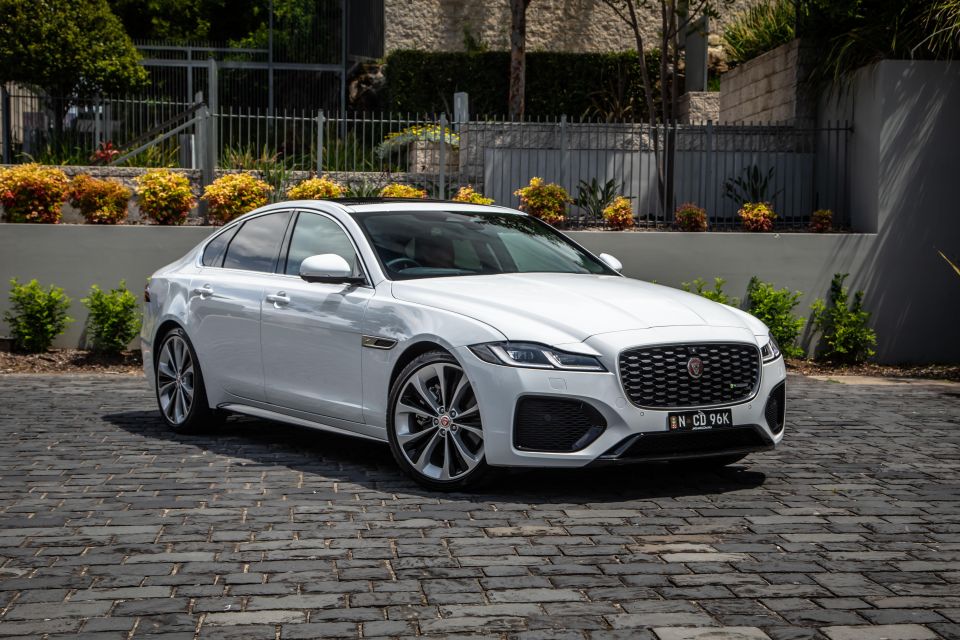


Quickly see how this car stacks up against its competition. Select any benchmark to see more details.
Where expert car reviews meet expert car buying – CarExpert gives you trusted advice, personalised service and real savings on your next new car.
The Jaguar XF P300 R-Dynamic HSE AWD. That’s a mouthful to memorise.
Perhaps unnecessarily too; because these days Jag’s large passenger car comes in just one guise. As we reported back in late 2020, there’s no longer options of rear drive, Sportback wagon, grade variation, diesels or any higher petrol cylinder count than four.
Surely just ‘XF’ would do nicely and concisely.

Rather than go out on a specification limb the XF ‘single spec’ is fairly safe: it seems Jag aimed for broad appeal. It eschews the old-school big-blown-V8 ethos that once made large Jaguar sedans charmingly different.
The sole survivor is an academically efficient two-litre turbo four run through all-wheel drive, seemingly aligning itself with Euro competitor trends. Nothing that new nor surprising here.
What is new is XF’s fresh – or at least somewhat refreshed – spin on cabin design. More details below, but the crux is really that Jaguar aims to give this near seven-year-old gen-two model, which ostensibly feels very much like the gen-one minted way back in 2007, a new vibe.
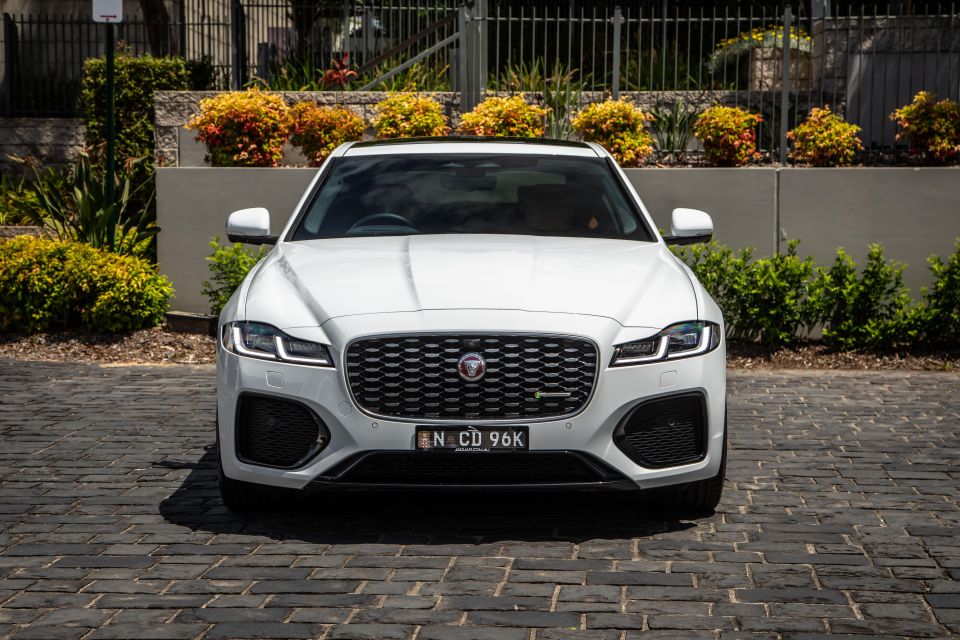
The one-size-fits-all MY22 XF clocks in at $106,376 before on-roads – $4000 more than when it launched as an MY21 build.
That slots the big Jag under the mid-spec all-paw Audi A6 45 TFSI quattro ($108,900) and around the same tier as the entry BMW 520i ($99,400) and base Mercedes-Benz E200 ($104,700). The all-wheel-driven Genesis G80 3.5T tips in at a similar outlay ($99,776), albeit with a big turbocharged six under the bonnet.
It used to be that Jaguar ran hard with variant and personalisation options in XF as an exclusivity drawcard, and there are still plenty of the latter to make yours even nicer and more elaborate.
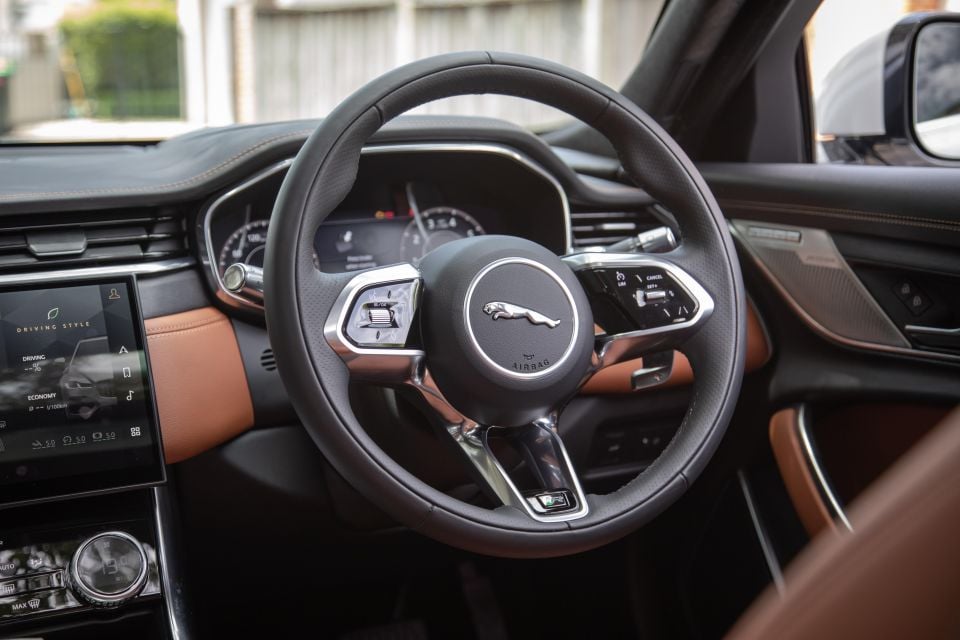
Indeed, our test car adds roughly nine grand worth of extras.
Some of the options, such as the sliding glass roof ($3370), rear-view ‘reversing camera’ mirror ($1275) and Leisure Activity Key remote control wrist watch ($910) are certainly indulgent. Others, such as the head-up display ($1950), privacy glass ($845), boot lid spoiler ($405), and inductive phone charging pad ($180) really ought to be standard kit for anything wearing a six-figure price tag.
There are a host of other options, though two key areas are paint, with eight metallics ($1950) and two premium metallics ($2115) to compliment two standard no-cost hues, as well as a choice of four different interior trim combinations that demand no added outlay.
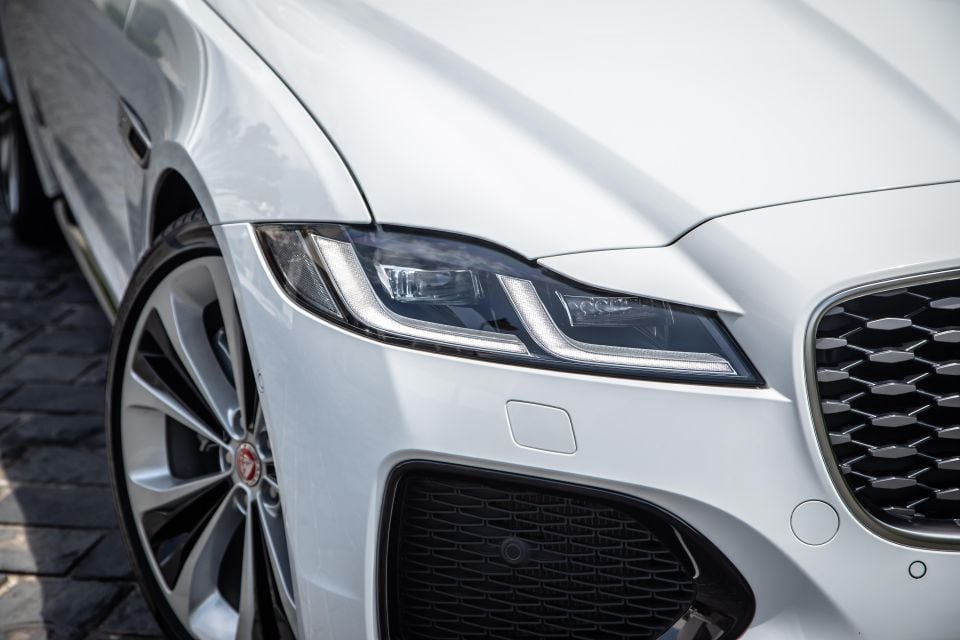
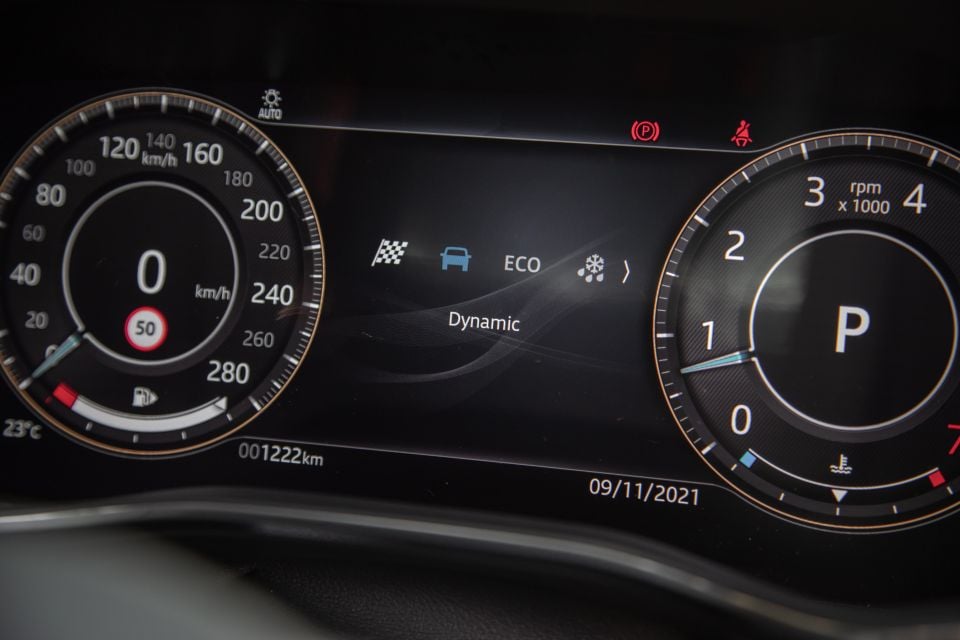
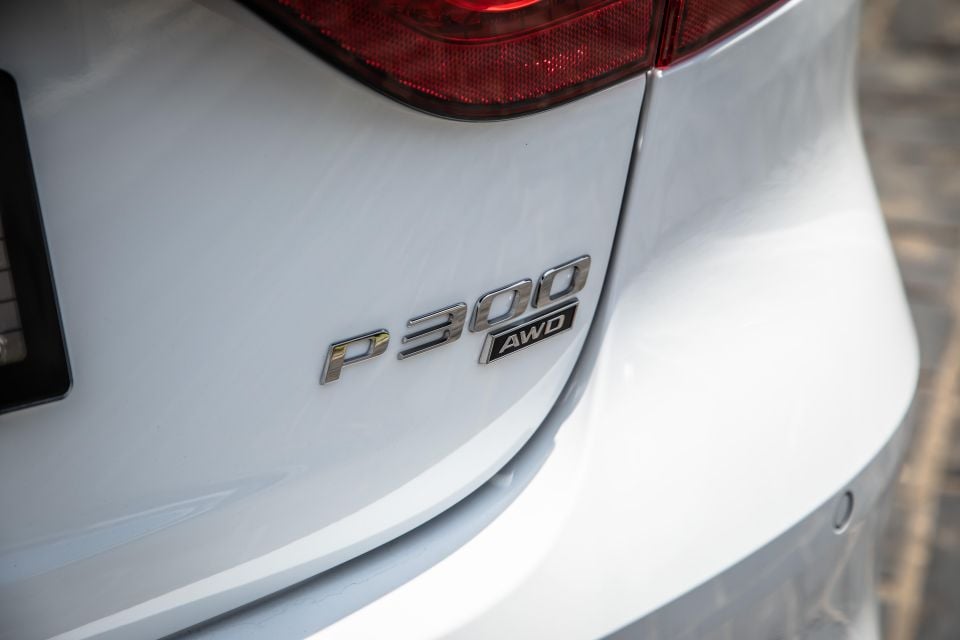
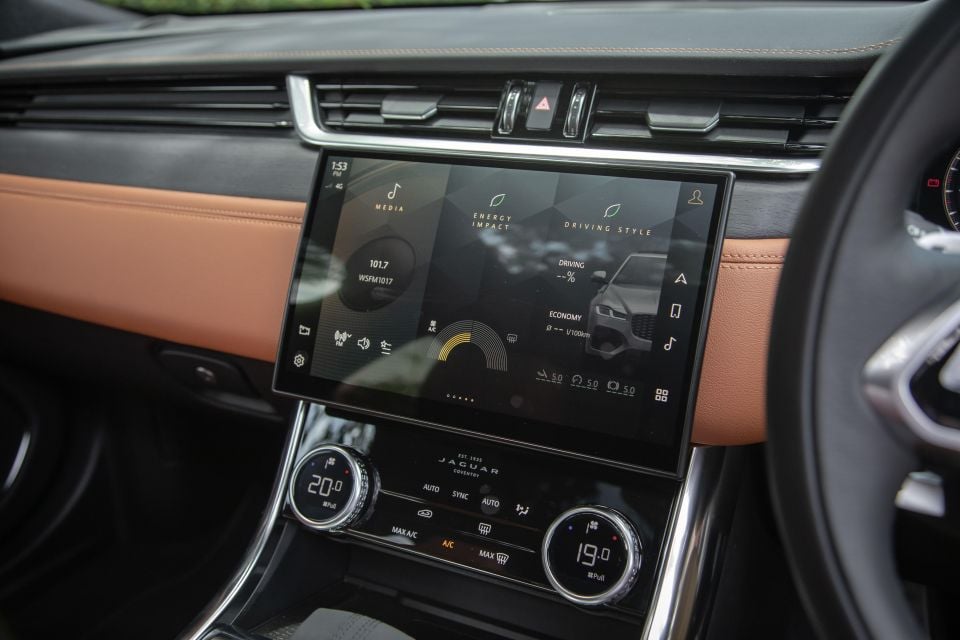
Buy your new car without the stress. It's fast, simple and completely free.

Great service from Travis and team, second time I have used this business would not hesitate to recommend them to anyone
Craig C.
Purchased a Ford Ranger in Sunshine Coast, QLD
CarExpert helped Craig save thousands on his Ford Ranger, now let us save you on your next new car.
Find a dealXF R-Dynamic HSE highlights:
Compared to the pre-facelifted model, the XF gets some exterior enhancements, such as a new front fascia and rear bar treatment, revised grille and a slimmer LED headlight design.
The XF also brings a host of premium details such as ash veneer inlays, suede cloth headlining, carpeted mats and toughened side glass. A space-saver spare wheel is fitted as standard.
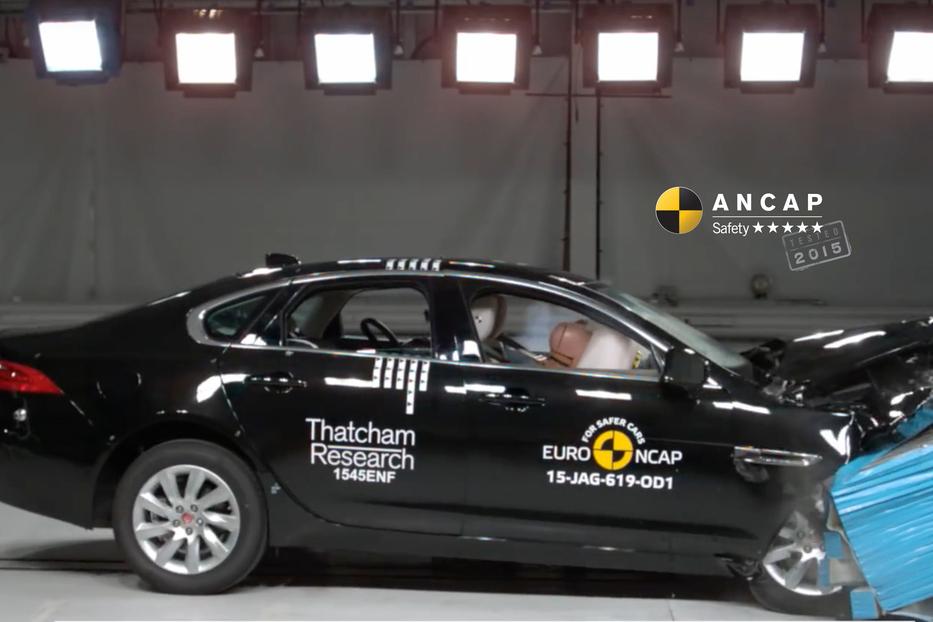
The XF scored a five-star ANCAP safety rating from assessment conducted when the largely aluminium-bodied second-generation model first arrived in 2015. However, it’s worth noting this rating expired from January 2022 as it exceeds ANCAP and Euro NCAP’s seven-year validity window.
It performed commendably, too, with 94 per cent for adult occupant protection, 84 per cent for child occupant protection, 80 per cent for pedestrian protection and 83 per cent for safety assist.
Standard safety equipment includes:
The XF features ISOFIX child seat mounts on the rear outboard seat positions.
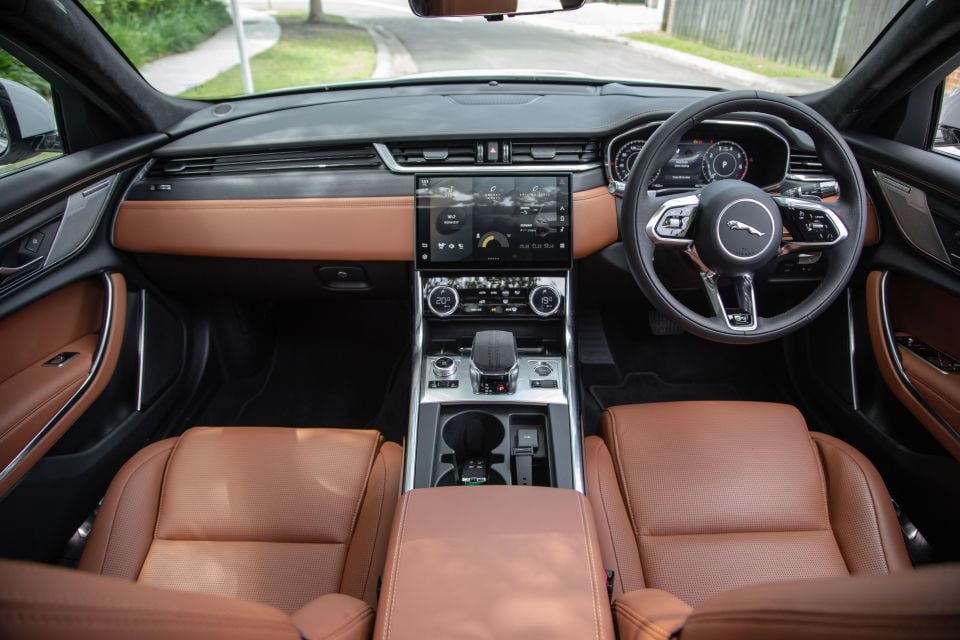
While subtly massaged on the outside, it’s the look and feel of the cabin where the facelifted XF sees its most conspicuous change. All new, Jaguar says, and to a large extent it feels it.
The two attention grabbers are the wheel and touchscreen. The tiller is ornate, deeply contoured and lovely to touch – it’s a significant improvement over the plainer unit it replaces, with its oddball off-centre horn cap.
It frames the digital display nicely: the screen crisp, clear and user configurable. There are a number of skins that subtly ape Audi’s Virtual Cockpit, if with a cumbersome adjustment interface.
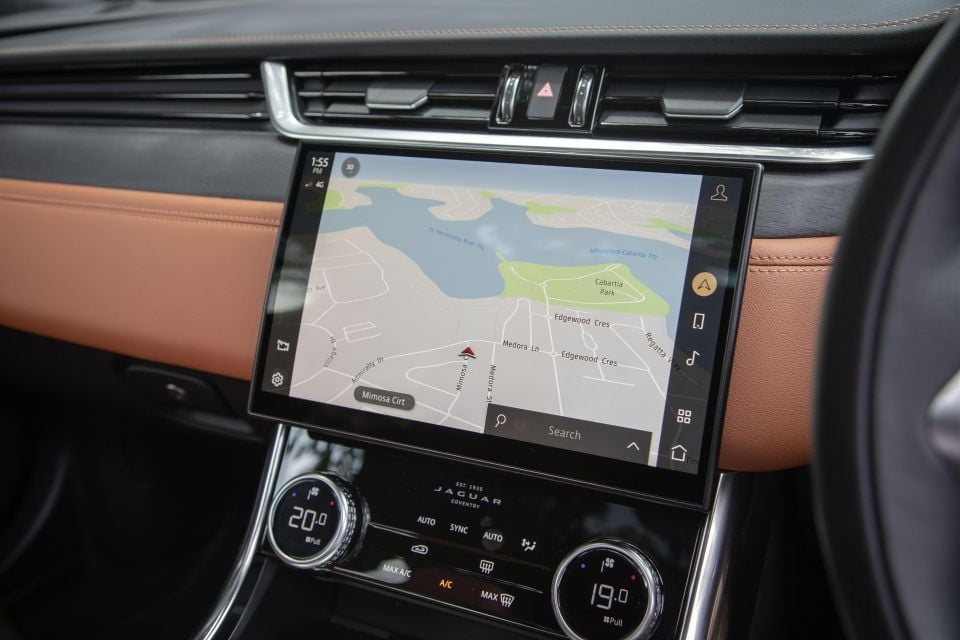


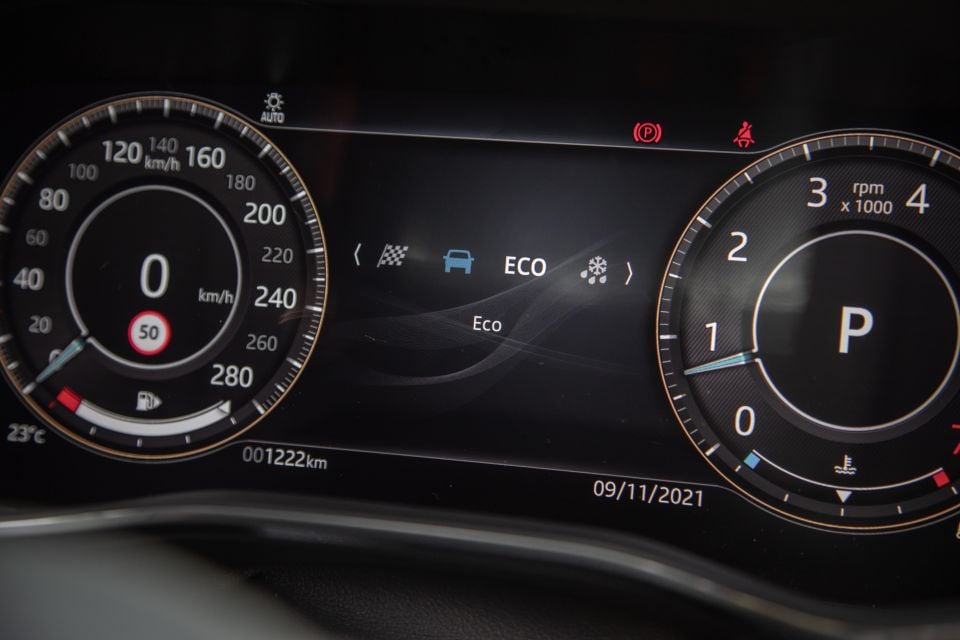
The infotainment system is JLR’s whiz-bang high-grade Pivi Pro, with a resolution and configurable content design that’s downright beautiful to look at. It also has a lateral scrolling tiling format that’s quite intuitive to use.
The 360-degree camera display array, in particular, offers excellent clarity through multiple views, including the novel ‘floating camera’ perspective. Quick smartphone mirroring, embedded modems, Spotify, 4G connectivity… it’s a fair step up from the system it replaces and demanded new electronic architecture to facilitate.
But it’s the curved screen that’s inspired, such a seemingly minor detail in the grand fit-out, but one that brings a real classiness to the careful stylised upmarket cabin presentation.
The ClearSight rear camera in the rearview mirror, which is activated via a lever under the mirror housing, works a treat. The head-scratcher; though, is that the regular touchscreen reversing camera is good: it kind of makes the whole ClearSight concept of extra guidance a little superfluous.
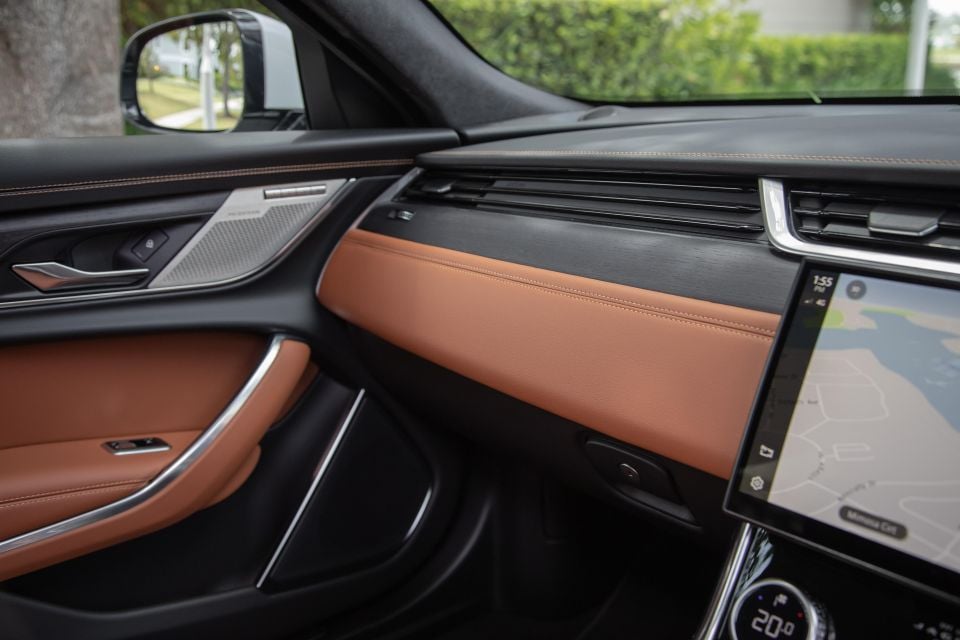
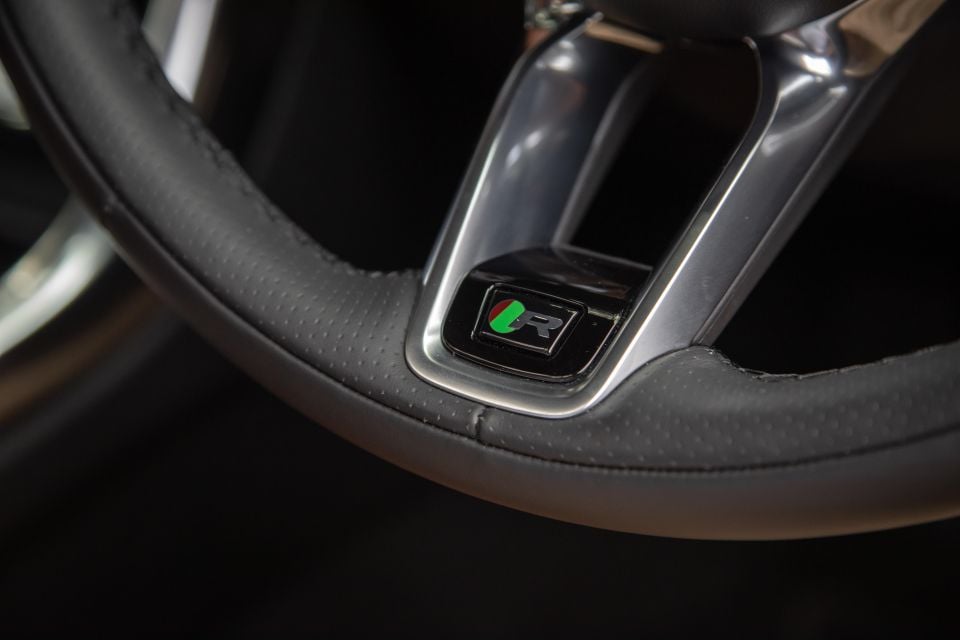
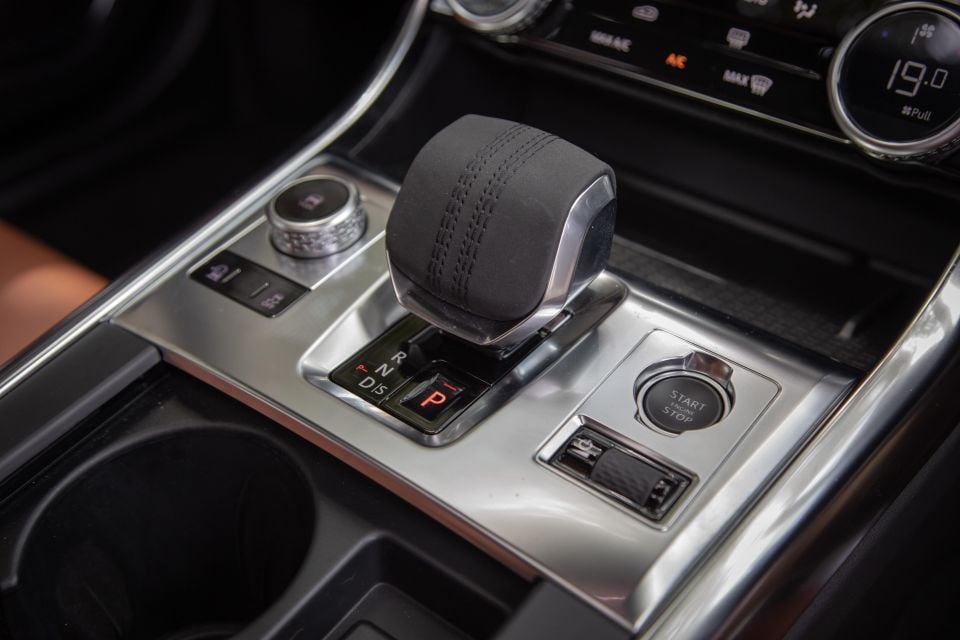
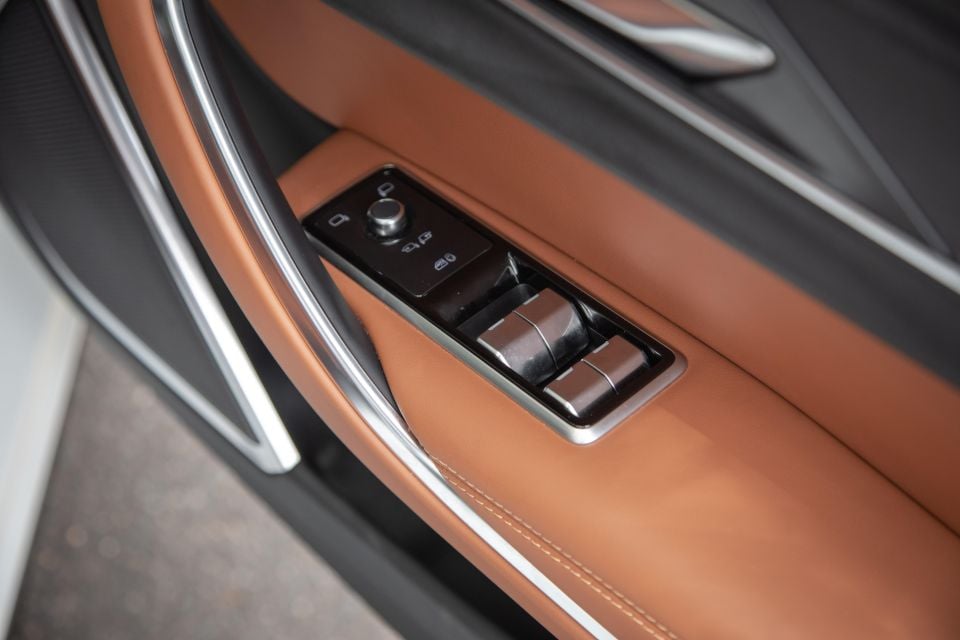
The trimmed and stitched dash fascia, satin charcoal ash inlays and tasty metallic brightwork blend nicely into an indicatively Jaguar theme that, like Volvo’s design direction of late, is a refreshing departure from Teutonic alternatives. The marque’s interior design team has gone to town and, in many important areas, it works.
A real treat is the climate control. The array’s two dials have ‘hidden’ push-pull functionality to facilitate cabin and seat temperature control. It’s clean, elegant and effectively ditches the clumsy old access via the infotainment touchscreen. There’s a hand audio volume ‘roller’ and a neat little drive mode dial that pops flush into the console top when you don’t need it. Nice.
Not so great is the new by-wire transmission controller, replacing the old and charmingly novel rotary dial selector. It’s too small and flimsy in action: with a poorly positioned lock-out button in its leading surface.
Casually rest your hand on it when making air-con adjustments and you’ll knock the auto out of drive. Worse, it’s easy to jam your fingers between the stalk and console housing when selecting reverse. Stylish but poorly designed.
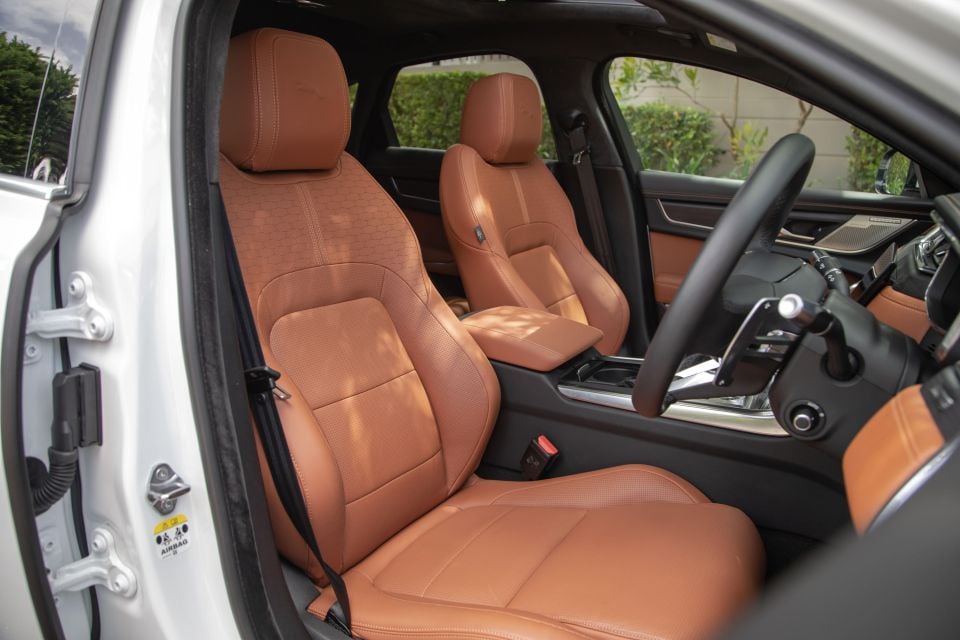
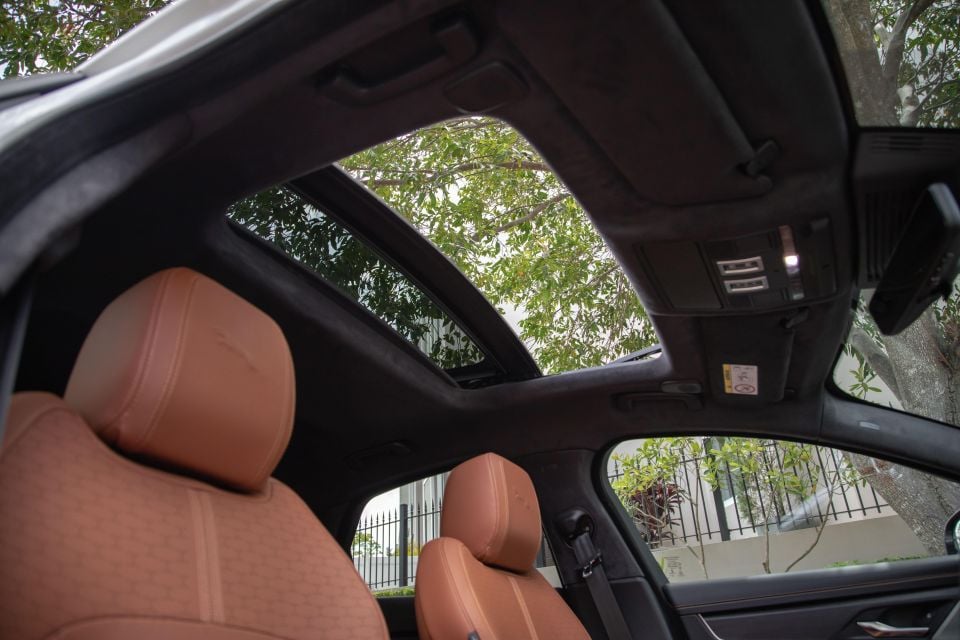

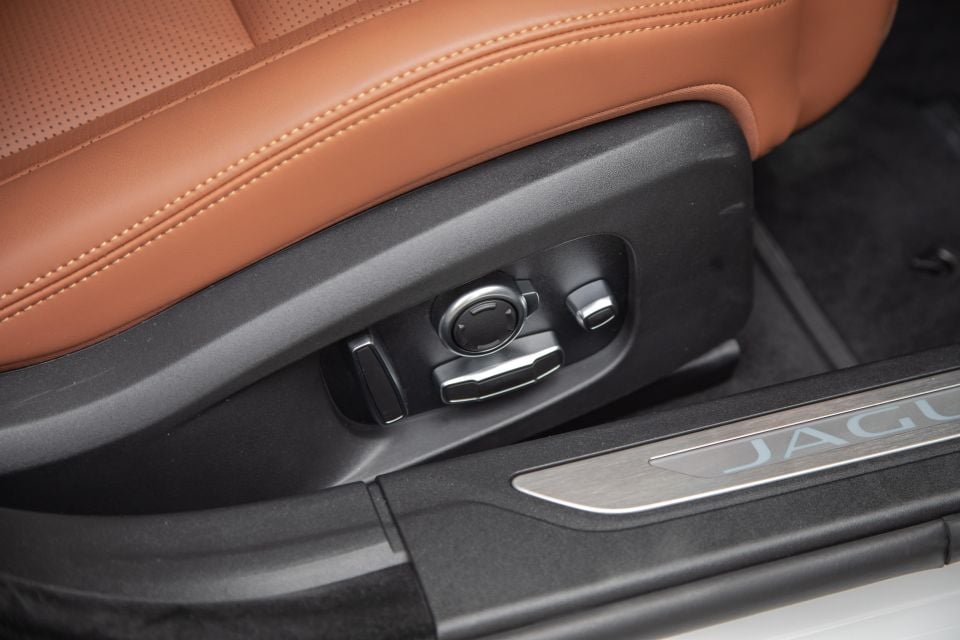
The seats are also new. While they look the biz and the leather feels (and smells) wonderful, the front buckets are quite lumpy in all the wrong places and it demands much fiddling with 16-way electric adjustment to arrive at a naturally comfortable setting. At least, that is, for your author’s tastes.
You do sit quite low for a requisite sporty effect, though the ergonomics of the touch points and controls aren’t quite as natural as you find on better resolved German alternatives.
Row two is nicer: the seating more leisurely contoured and more pleasant to spend time in because of it. The seat base is quite angled for a nice ‘lounge’ effect and there’s ample leg and headroom, the latter thanks to the generously concaved ceiling.
The appointments; though, are slim: two air vents, a sole 12-volt outlet, and no ports to compliment a single USB-A and USB-C outlet hidden in the front console bin. One of the outlets will likely power the Leisure Activity Key wrist watch fitted optionally with our test car.
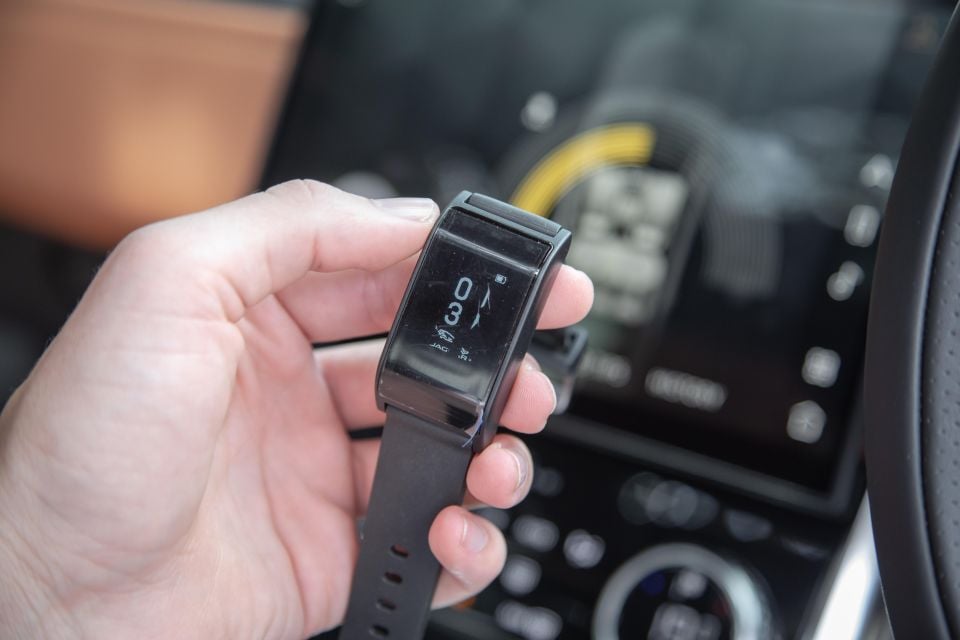
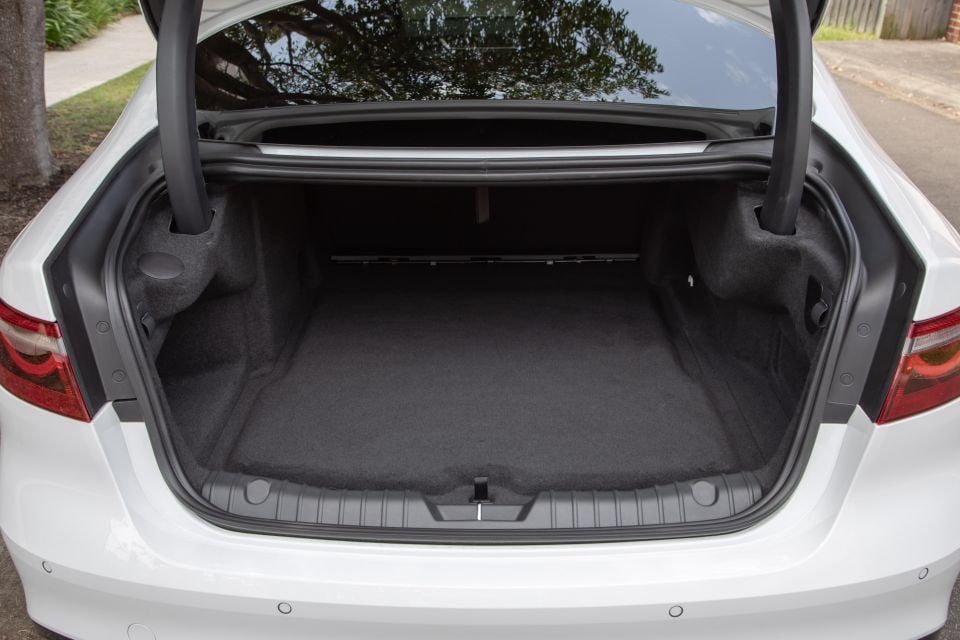
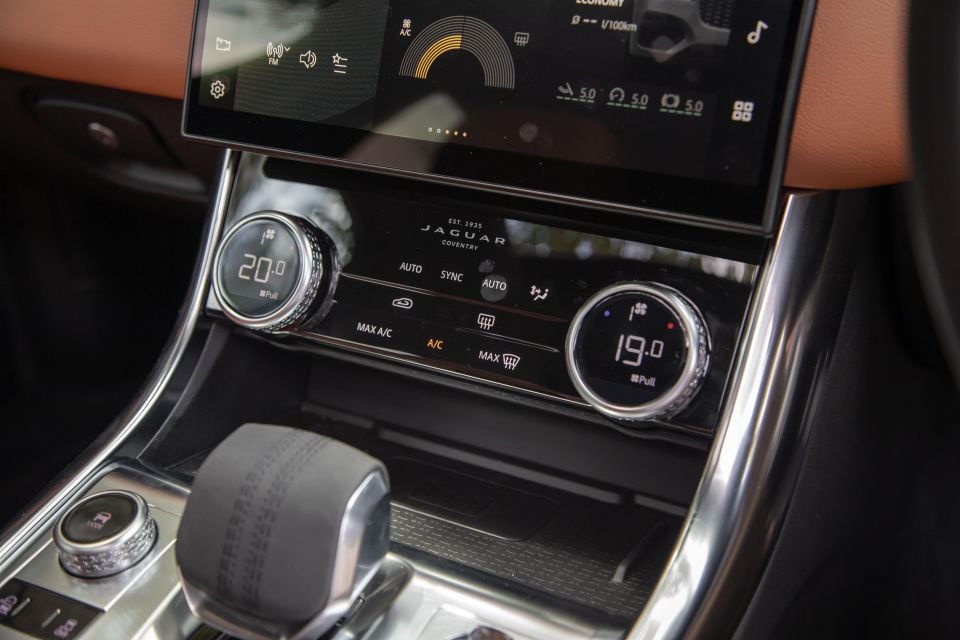
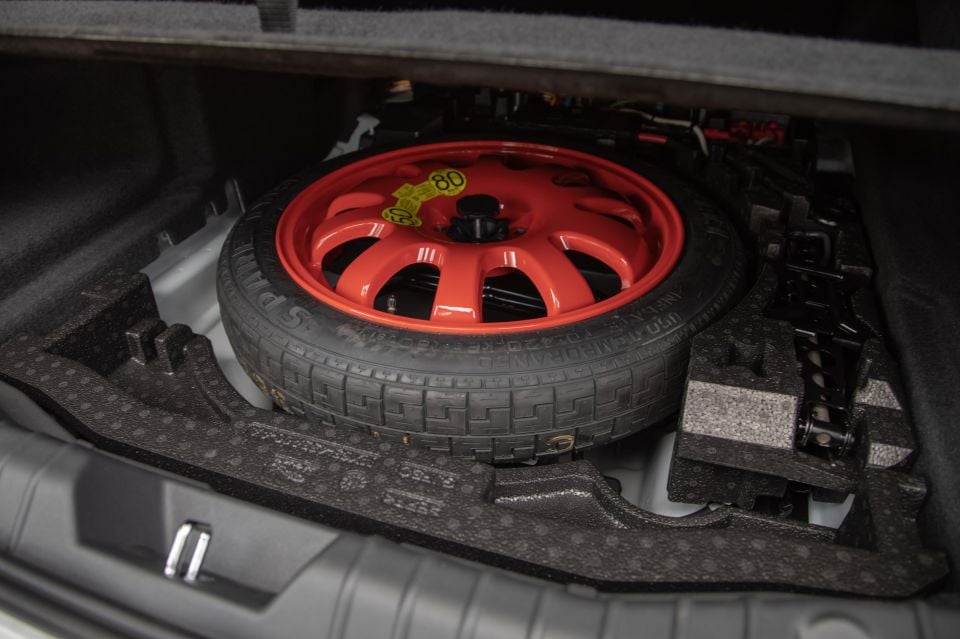
The idea of a remote, wrist-wearable control key is handy for active types, allowing the regular key to remain in the parked/locked vehicle while out on adventure. Thing is, the Activity Key is only water resistant, not waterproof, so its benefits are somewhat limited if you feel like a spot of surfing or swimming. Worth considering then, before splurging that extra $910…
The same goes for the Cabin Air Ionisation unit, Air Quality Sensor, Lockable Cooled Glovebox and the four-zone climate control, most of which require the others in order to work and combine effectively. These will set you back around an extra three grand.
The boot offers a decent 459 litres; although dimensionally it’s all in depth, as width and height are a little restrictive. Unusually, the rear seat is fixed as standard issue and if you want 40:20:40 split-folding to liberate extra load volume, you need to stump up $520 extra.
In short, the XF does deliver a comprehensive, nicely-equipped interior, but you’ll need to loosen the purse strings quite a bit to spec it up to all that it could be.
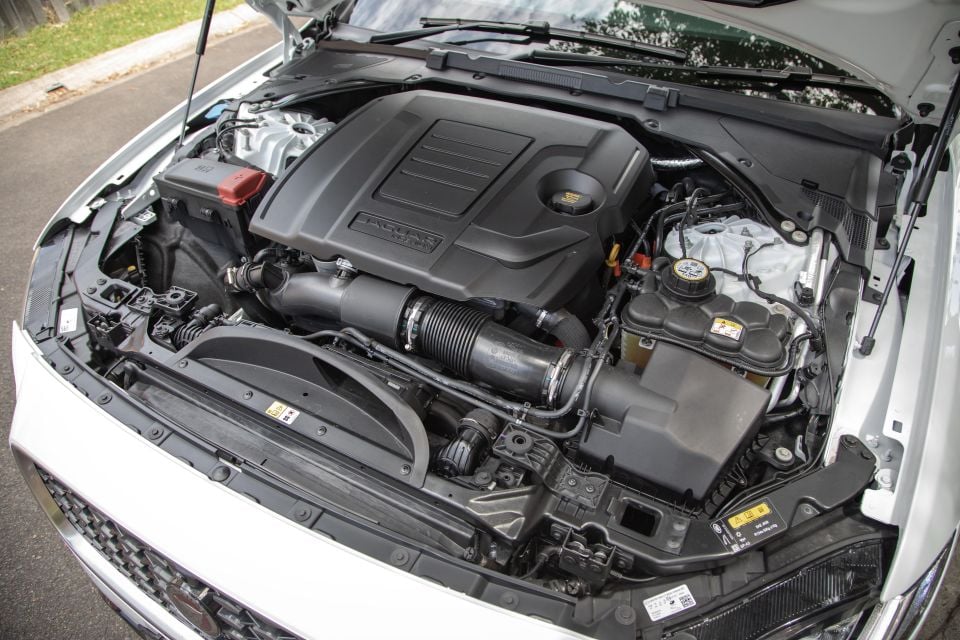
As mentioned, the big Jag’s once prolific powertrain line-up is now just a single offering – a 2.0-litre turbocharged petrol four producing a healthy 221kW at 5500rpm and 400Nm in a broad 1500-4500rpm band. It’s paired exclusively to an eight-speed conventional automatic driving all four wheels.
Jaguar’s form guide states that the four-door should hit 100km/h from a standstill in 6.1 seconds. That’s not too shabby, but it’s no rocket ship either.
The sensible performance trade-off is in a claimed fuel economy of 7.2L/100km. This proved a little optimistic against our assessment: the large sedan tending to fluctuate quite a bit between eight litres neat and numbers well into double figures.
Bundled in as standard are a host of fancy chassis systems such as All Surface Progress Control, torque vectoring by braking, JaguarDrive Control with Adaptive Surface Response and whatnot. Cut through the jargon and these affect all-wheel drive control.
If you want Configurable Dynamics (different drive mode calibrations) and Adaptive Dynamics (adds continuously variable suspension damping) tech, you’ll have to stump up extra for each, or as part of a three-plus-grand Dynamic Handling Pack bundle.
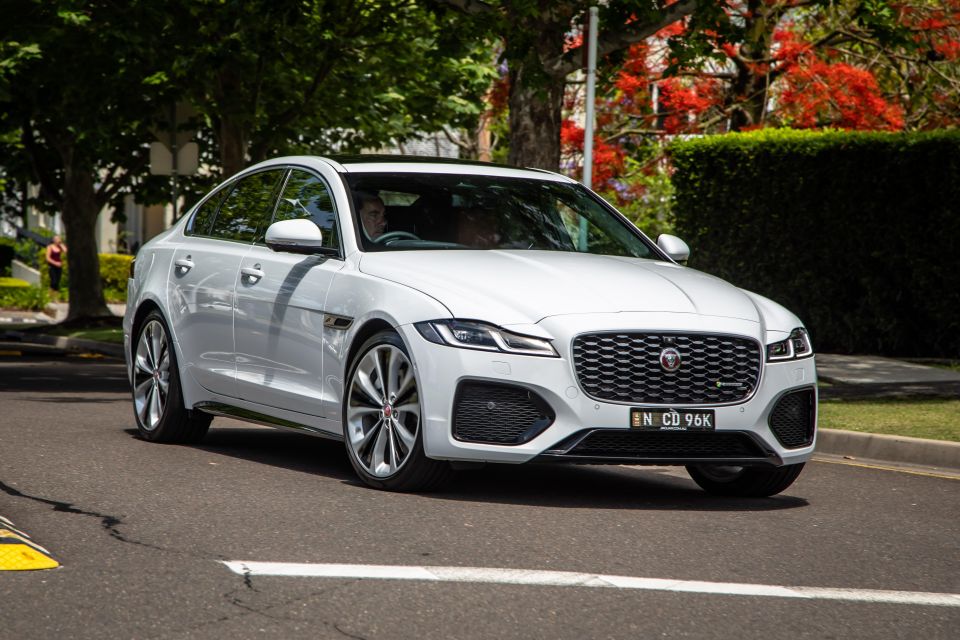
The XF plonks its 1819kg (before options) heft in the unenviable position of fitting the same engine as its cheaper, lighter and feistier mid-sized XE rear-driven stablemate.
No foul, but clearly one curbs expectation of outright sportiness, even given the R-Dynamic branding. In capacity terms at least, the XF doesn’t exactly instil confidence in the sort of long-legged laziness one might expect from big luxury motoring.
There is always a balance when meeting both sports and luxury expectations. In practice, the XF powertrain combination gets away with what it’s tasked to do.
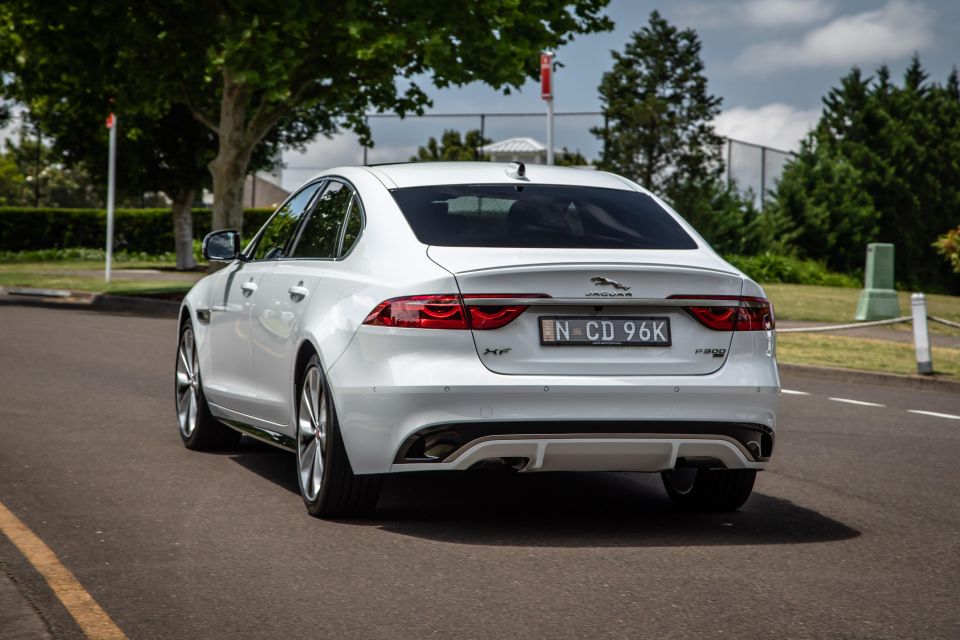
Where expert car reviews meet expert car buying – CarExpert gives you trusted advice, personalised service and real savings on your next new car.
At start-up or cold, the turbo four is quite noisy and sonically down-market, but up temperature and speed – with some help from the active noise cancellation – it performs with enough poke and dignity it fit the bill well enough.
If there are rough edges to its character, it’s that response is less than instantaneous at times and once it gets its groove on the throttle does get quite peaky. It’s typical behavior of a well-boosted small-capacity engine tasked with lugging significant mass.
The auto is typical eight-speed fare: smooth shifting the lion’s share of on-road driving. It is occasionally nippy and slightly jolty, particularly up inclines at low speed, but is no worse than any of its competitors. The by-wire transmission selector method offers a handy tap-for-sport mode trick long-favoured by the likes of Volkswagen and Audi, but new for the XF. The selector can be toggled on and off at a flick of the wrist.
There’s certainly plenty of computerised calibration smarts with the all-paw drive system though, short of ski trips to the snow or getting caught on slick first-rain surfaces, there’s not much real-world benefit in most Aussie conditions. Equally, there’s no downside either as the system operates with a transparency that doesn’t hint at torque transmitting through the front wheels.
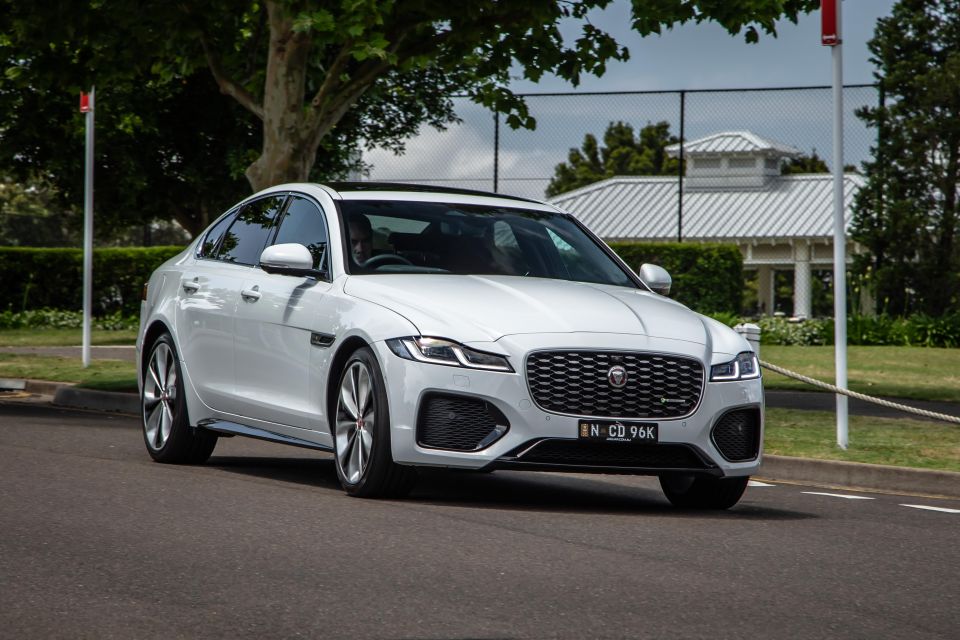
Ride quality is decent and disciplined enough to filter out the worst lumps and bumps, but the sporty sheen of the tune still returns some noticeable fidgeting through the chassis along typical urban streets.
Stretching the Jag’s legs on the open road reveals a more settled character that deftly suppresses ambient and tyre noise, assuming its role as fine grand tourer impressively well.
Not much about the XF really encourages spirited corner carving; although, it does respond well when you give it the berries. The steering, in particular, is well sorted and nicely weighted, the nose of the sedan faithfully obedient in tracking exactly where it’s pointed.
A little less cooperative are the large 355mm front and 325mm brakes: powerful and progressive when challenged by red-misted driving antics, but quite abrupt and ‘bitey’ at low speeds around town.

Jaguar’s five-year, unlimited-kilometre warranty is certainly decent for a luxury marque, easily bettering BMW’s slim three-year effort.
The servicing package offered on the XF extends through five years and 102,000kms at a total outlay of a quite reasonable $1950.
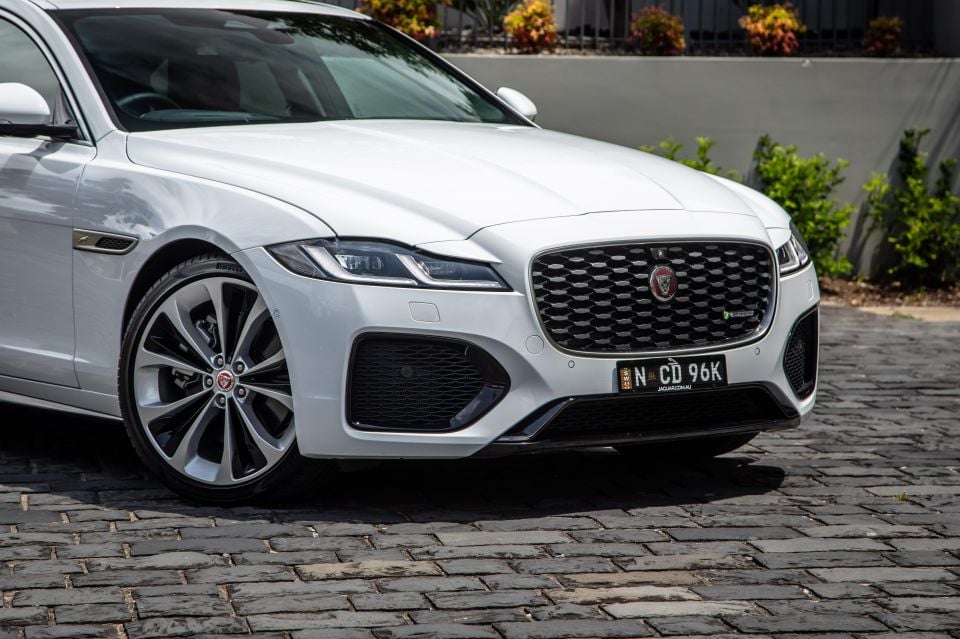
The revised XF is a handsome machine that does entice more seductively with that new interior vibe and its largely excellent digital jewellery. There are a sprinkling of cabin functionality missteps though.
It has a somewhat safe and widely palatable specification aimed at luring more buyers to what has been, frankly, a fairly poor seller for the JLR camp.
Still, your only XF choice is now appreciably higher – around $18k – than what was offered in base trim prior. You also have to pry extra from the kitty for stuff such as inductive phone charging and rear privacy glass. At this tier of premium motoring this is, frankly, a bit rich.

In general, the XF returns a dignified enough user experience to meet many buyers’ upmarket expectations, but in many ways it does lack the sort of on-road polish it ought to offer.
In trying to be a somewhat frugal luxury cruiser, while also offering a bit of pulse-raising performance and dynamic gusto, it doesn’t really nail either discipline nor marries them together with all that much cohesion.
It’s great in areas, but not outstanding as an overall package.
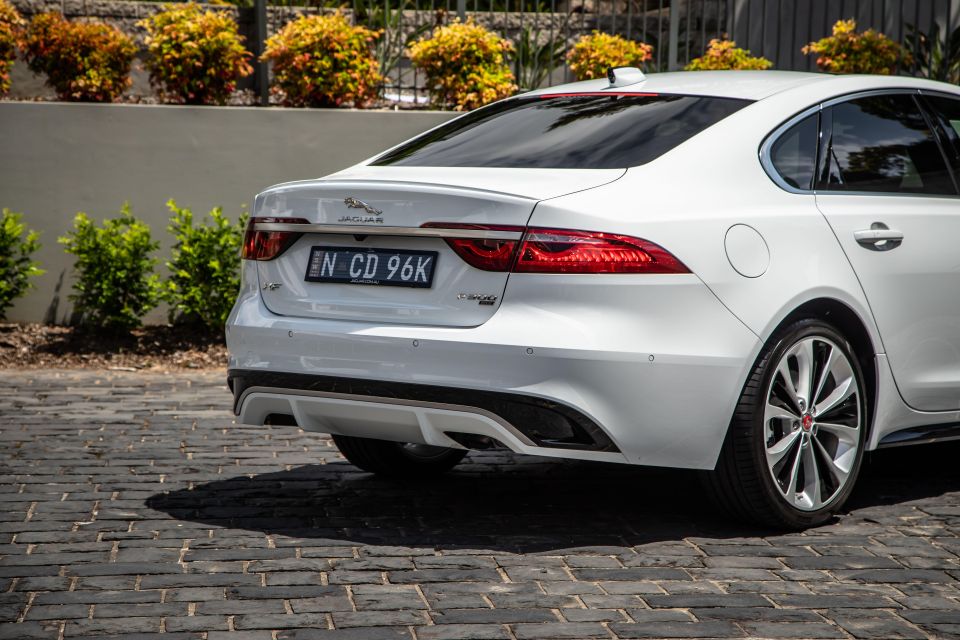
Click the images for the full gallery
MORE: Everything Jaguar XF
Where expert car reviews meet expert car buying – CarExpert gives you trusted advice, personalised service and real savings on your next new car.


Damion Smy
8 Hours Ago


Damion Smy
9 Hours Ago


Damion Smy
11 Hours Ago


Damion Smy
12 Hours Ago


Damion Smy
14 Hours Ago


Damion Smy
15 Hours Ago